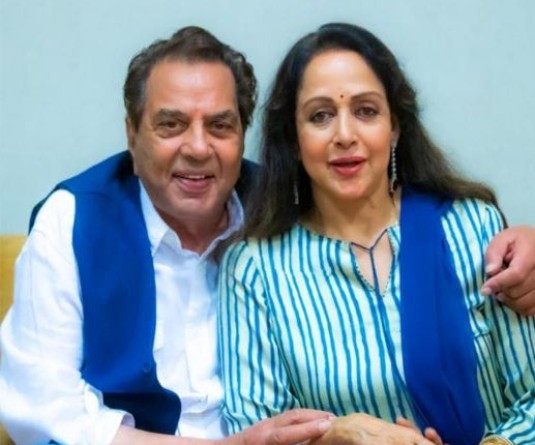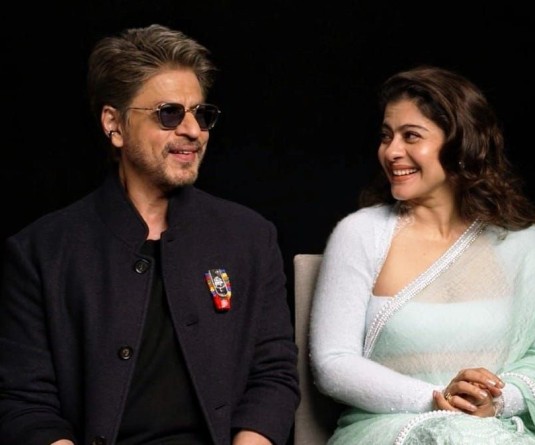
The Naga traditional hand-tapping method of tattooing was done at the Hornbill Festival 2016. This was a historic event as it was the first time that traditional tattooing was being done in public and that too “after more than sixty years of the practice being banned in Nagaland.”
Earlier this year, Mo Naga, the tattoo artist along with his others traveled to Mon district and received the Konyak tattoo tradition from one of the few traditional tattoo artists remaining. They learnt how to make needle sets out of palm thorns, natural fibre and bamboo and how to prepare the ink from tree resin.
“We were blessed to meet this particular Anghya (in the Konyak community it was only the Anghya who could give tattoos) and even more so that she wanted to support our endeavor to revive the Naga tradition of tattoo art,” stated a press release received here.
She is now 83 years old and losing her eyesight and because she was apprehensive that Christians might object to her tattooing (to demonstrate to us) we agreed not to divulge her name, at least for a while.
At the Hornbill Festival, since it takes a lot of time to prepare a traditional tattooing session, only one person, a German national who was the first to book this session received a tattoo in the hand-tapping method. It was a special moment when some Konyak in warrior finery dropped into the tattoo hut to check out what was happening. Many more tattoos of Naga motifs and designs were also given using the modern tattoo machine.
The Naga Tattoo Art revival programme was supported by the Directorate of Tourism, who provided the team at Hornbill a hut as a fitting 'studio space' at the festival.





